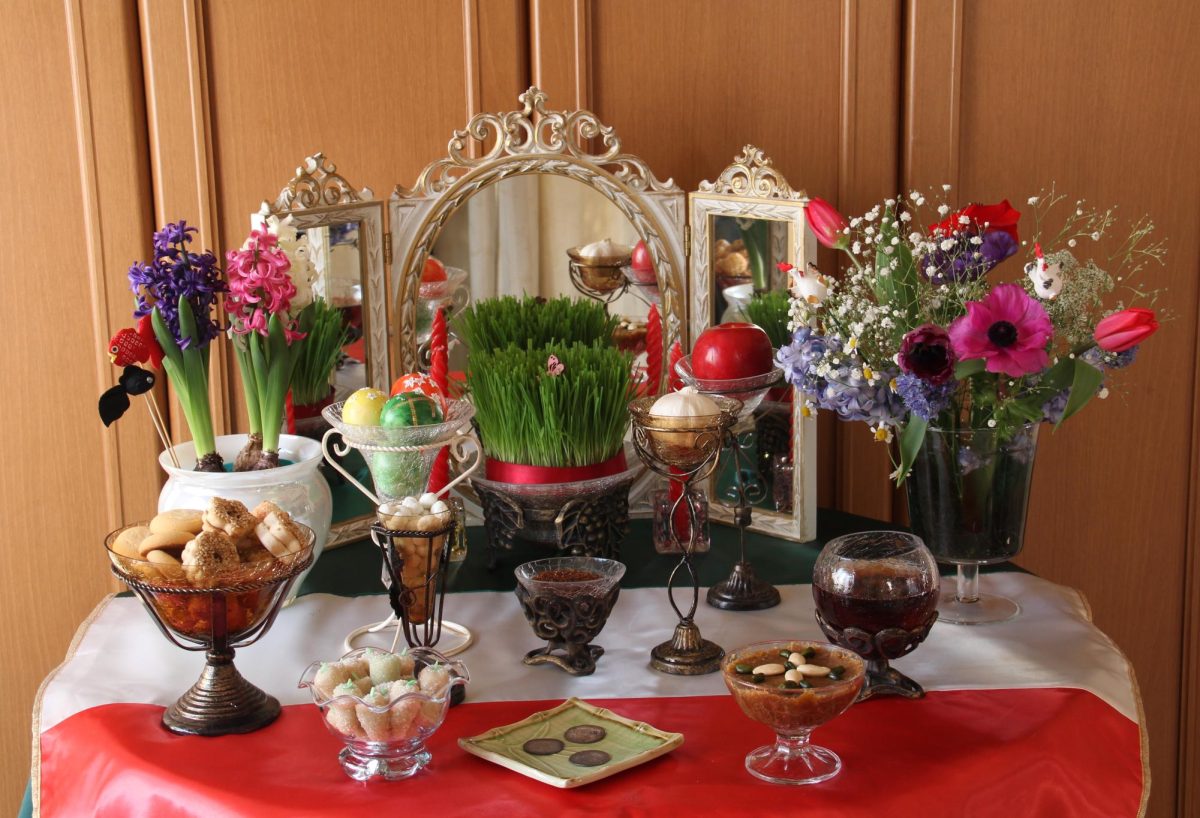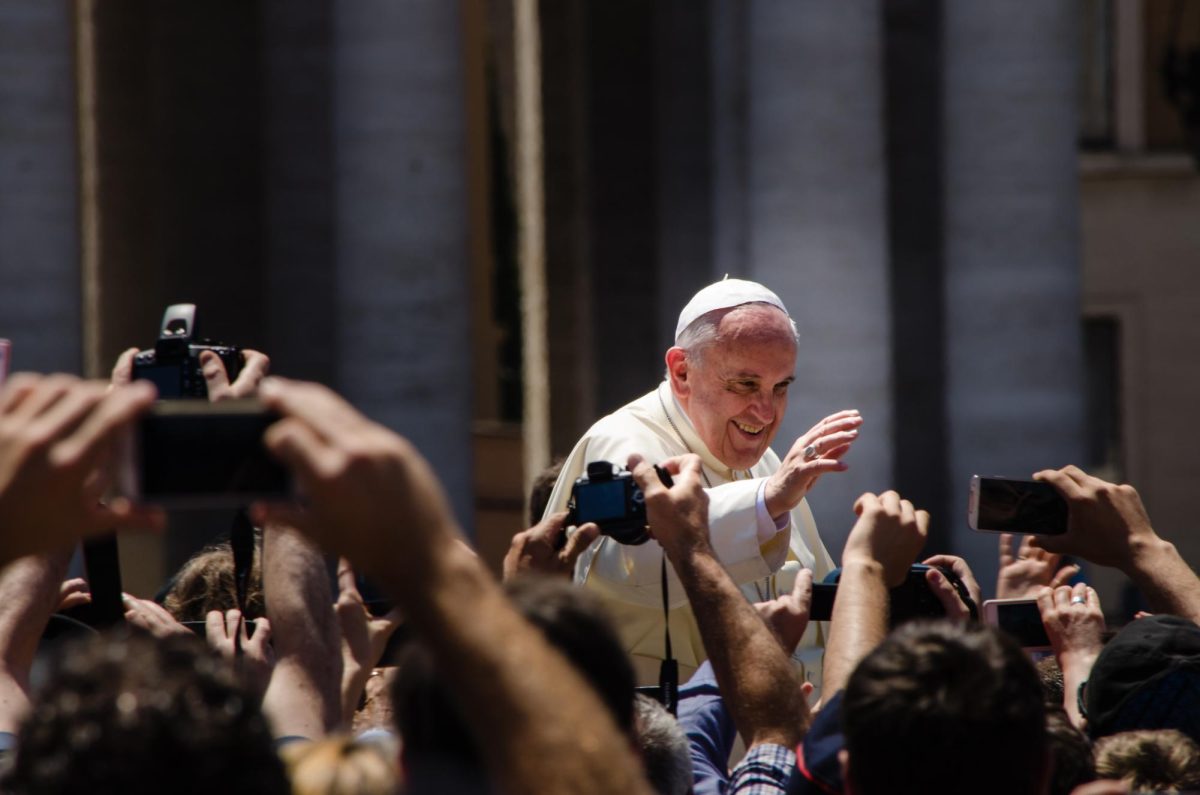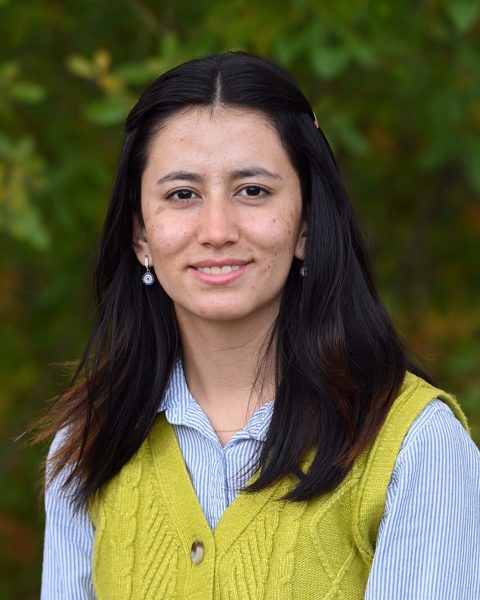As winter fades and the first blossoms of spring appear, millions of people worldwide come together to celebrate Nowruz, the Persian New Year—a joyful tradition rooted in history, nature, and hope.
Nowruz, meaning “new day” in Farsi, marks the spring equinox, the exact moment when day and night are equal. It symbolizes balance, renewal, and the promise of brighter days ahead.
This ancient celebration began over 2,500 years ago and is one of the world’s oldest festivals. Passed down through generations and carried along the Silk Road, Nowruz became a cherished tradition in many countries, including Iran, Afghanistan, Uzbekistan, Kazakhstan, Kyrgyzstan, Turkey, and parts of India.
Though customs vary, the heart of Nowruz remains the same: a celebration of life’s rebirth and the power of new beginnings.
Nowruz is deeply tied to Zoroastrianism, one of the world’s oldest religions. In this belief system, the arrival of spring marked the triumph of light over darkness, good over evil. That theme of renewal has endured across centuries and continues to resonate in every home that honors the day.
Preparations begin weeks in advance. Families take part in a deep cleaning of their homes, known as “khaneh tekani”, to sweep away the dust of the past year and welcome the new one with clarity and freshness. People buy new clothes, visit relatives, and share meals and music in a spirit of togetherness and joy.
At the center of the celebration is the Haft-Seen table—a beautifully arranged display of seven symbolic items, each beginning with the Persian letter “S”:
1: Sabzeh (sprouted greens): rebirth and renewal
2: Samanu (sweet wheat pudding): strength and patience
3: Senjed (dried fruit): love and compassion
4: Serkeh (vinegar): age and wisdom
5: Sib (apple): health and beauty
6: Sonbol (hyacinth): spring and joy
7: Sekkeh (coins): wealth and abundance
Additional items often include painted eggs for fertility, mirrors for self-reflection, candles for light, a holy book or poetry, and sometimes an orange floating in a bowl of water to symbolize Earth’s place in the universe.
In Afghanistan, families gather to prepare traditional foods such as Haft Mewa—a sweet dish made from seven types of dried fruit soaked overnight. Music, laughter, and community fill the air.
The third day is often marked by Dehqan Day, honoring farmers and the planting season. Families plant trees together, symbolizing growth, care, and hope for the future.
Yet even in celebration, there is reflection. In recent years, many Afghan girls have been denied the right to return to school after Nowruz, a heartbreaking contrast to a holiday meant to honor growth, equality, and renewal.
Nowruz is more than a festival—it is a celebration of life’s ability to begin again. It reminds us that no matter how long or dark the winter may be, spring always returns. And with it comes hope, light, and the chance to start fresh.







